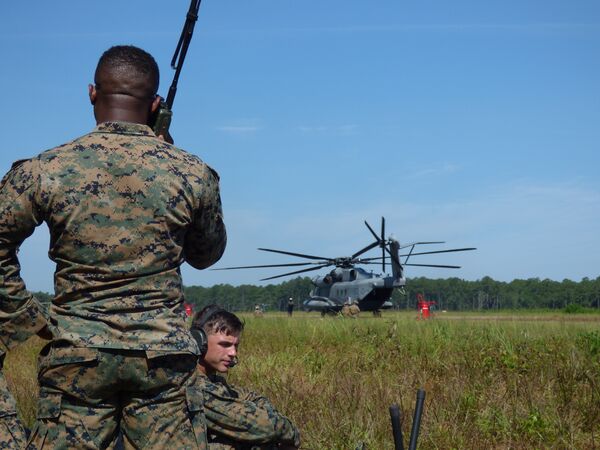
The USN is looking to combine live and virtual elements in exercises as it did during ‘Large Scale Exercise' 2023. (Janes/Michael Fabey)
The US Navy (USN) needs to shift its global force management plans to better reflect the more dangerous and competitive nature in the world, according to Admiral Daryl Caudle, commander, US Fleet Forces Command.
“We typically generate forces with our model to support global force management presence requirements for peacetime rotations,” Adm Caudle said on 9 January during a keynote speech at the Surface Navy Association (SNA) National Symposium.
The USN's current Optimized Fleet Response Plan (OFRP) model works well in this regard, Adm Caudle said, citing the operations of US Atlantic Fleet forces as “covertly with impunity” in the High North, patrolling in the Eastern Mediterranean to support Israel, responding to Russian actions, as well as conducting operations in support of 5th Fleet to keep sea lanes open and preventing the disruption of commercial trade routes.
However, Adm Caudle said, “These examples are not what we will face in high-end conflict or how the demand signal will unfold.”
The bottom line is that the OFRP was not built to generate combat-ready ships and air wings to meet the demand signal against peer adversaries, he said. During peacetime force generation, the OFRP provides a steady supply of ready naval forces for a wide range of global presence operations, he added. “But it is not optimised to shift into high gear and generate, deploy, and regenerate a large surge of combat-ready maritime forces.”
Looking to read the full article?
Gain unlimited access to Janes news and more...







